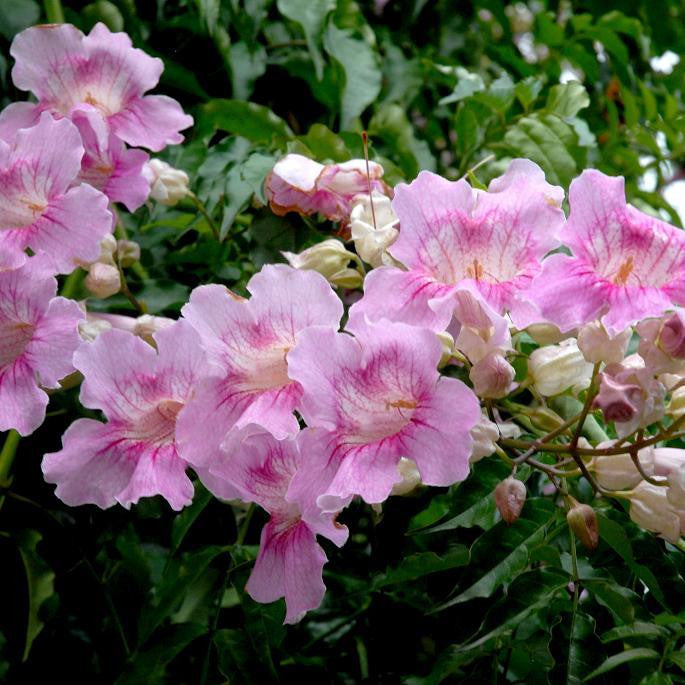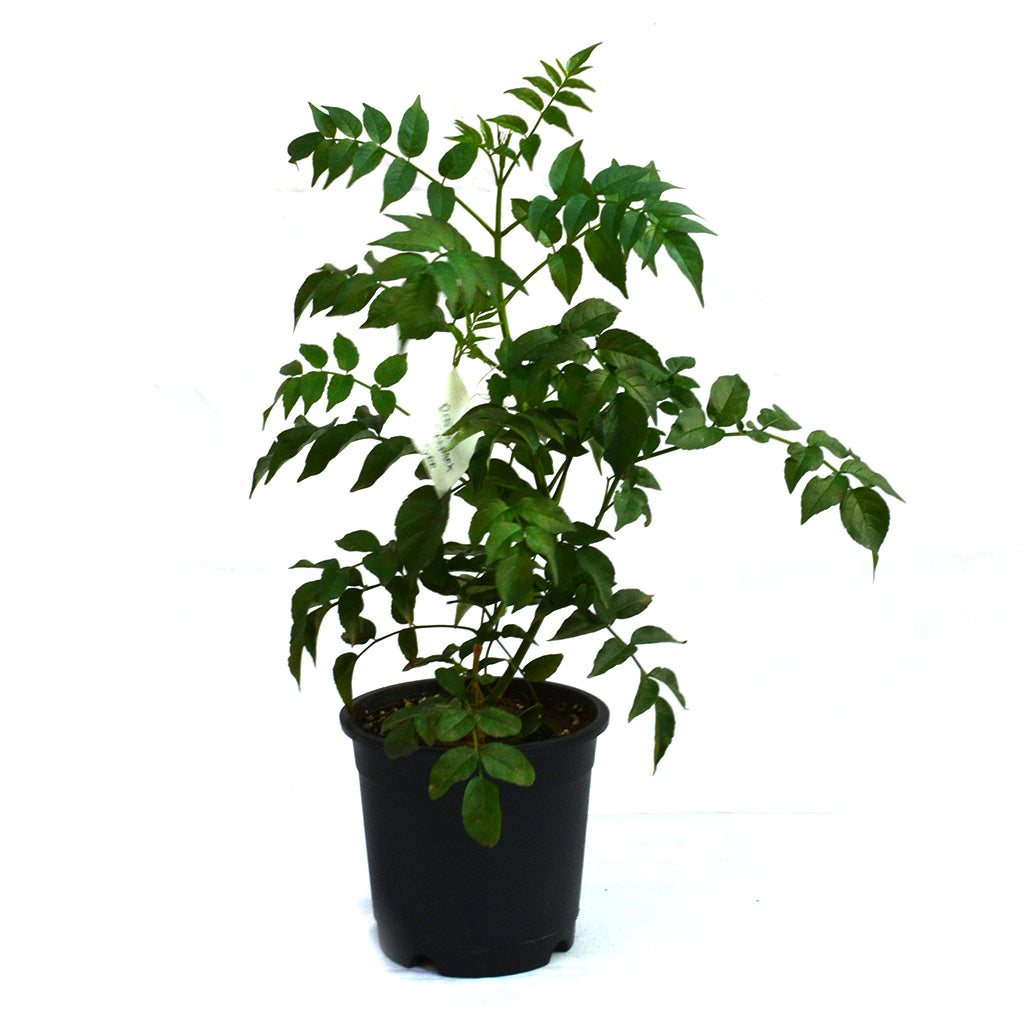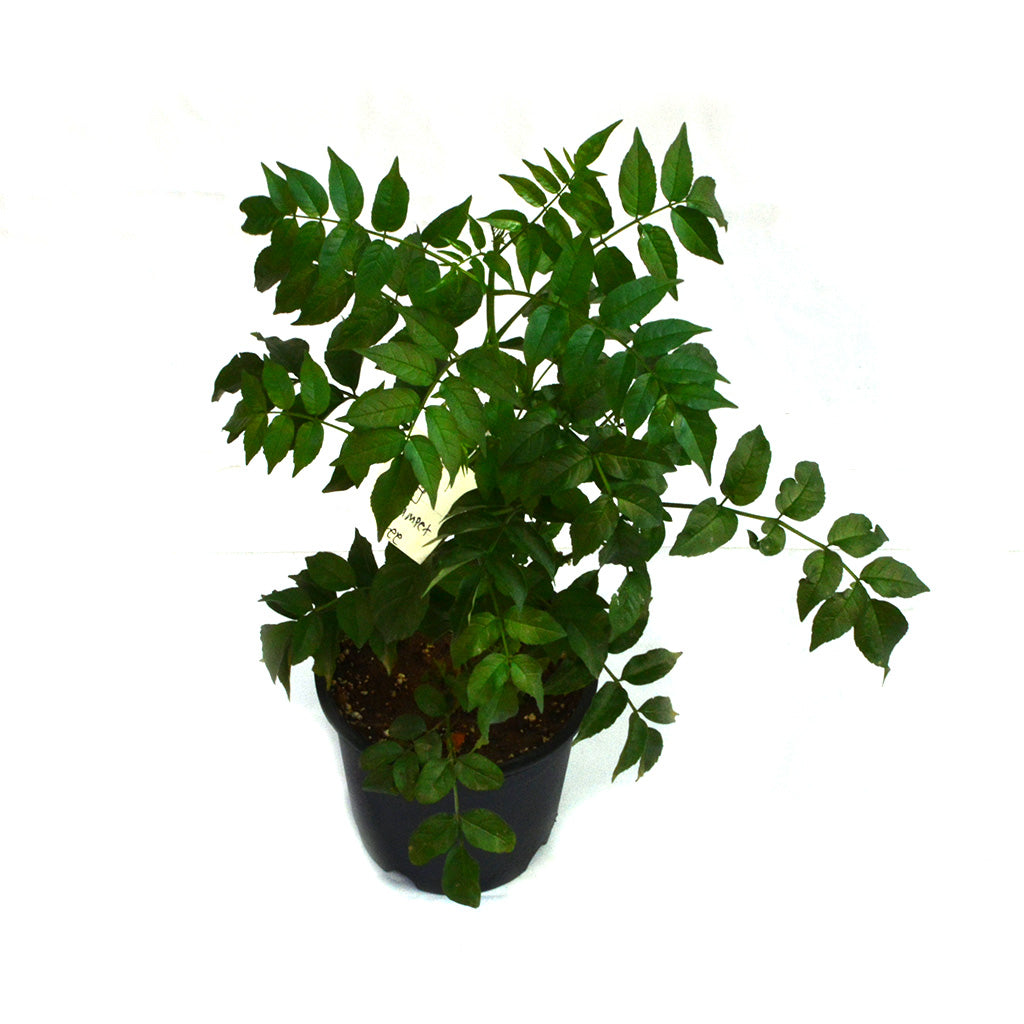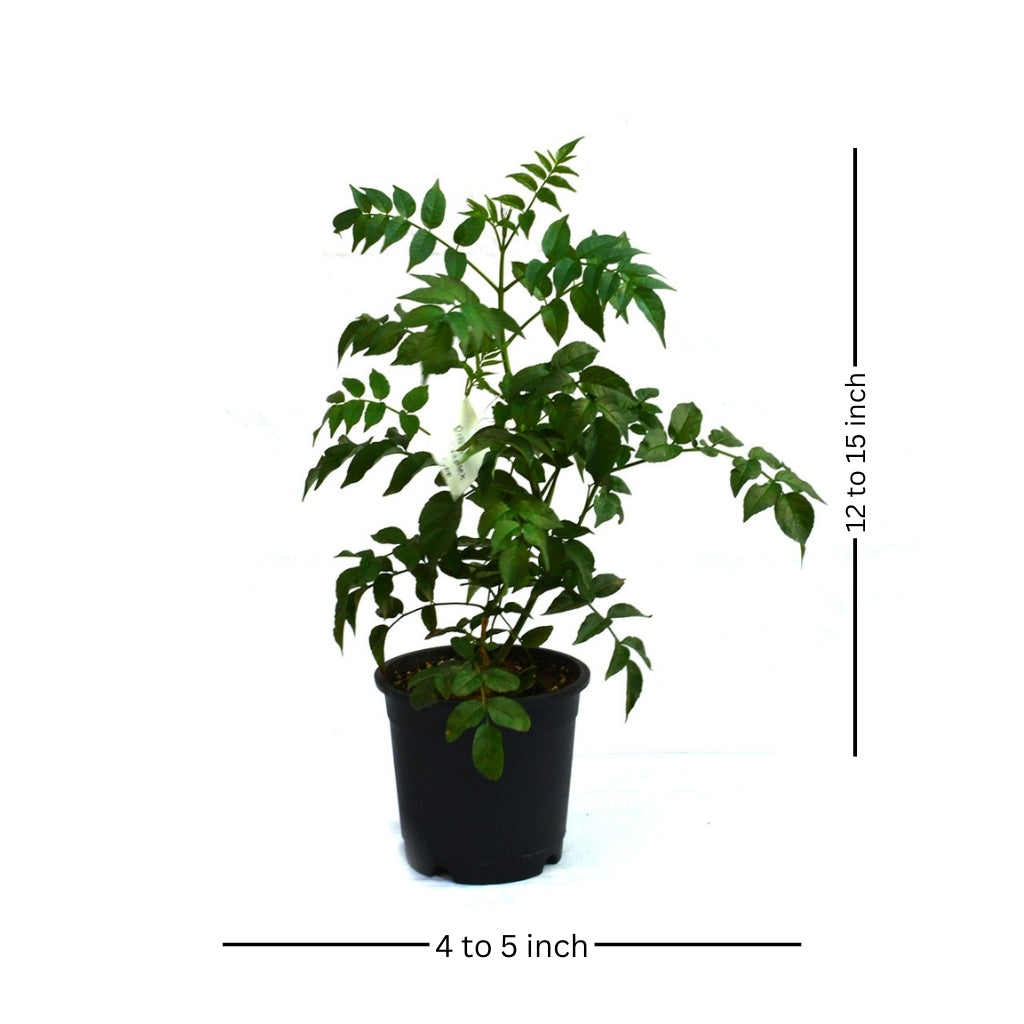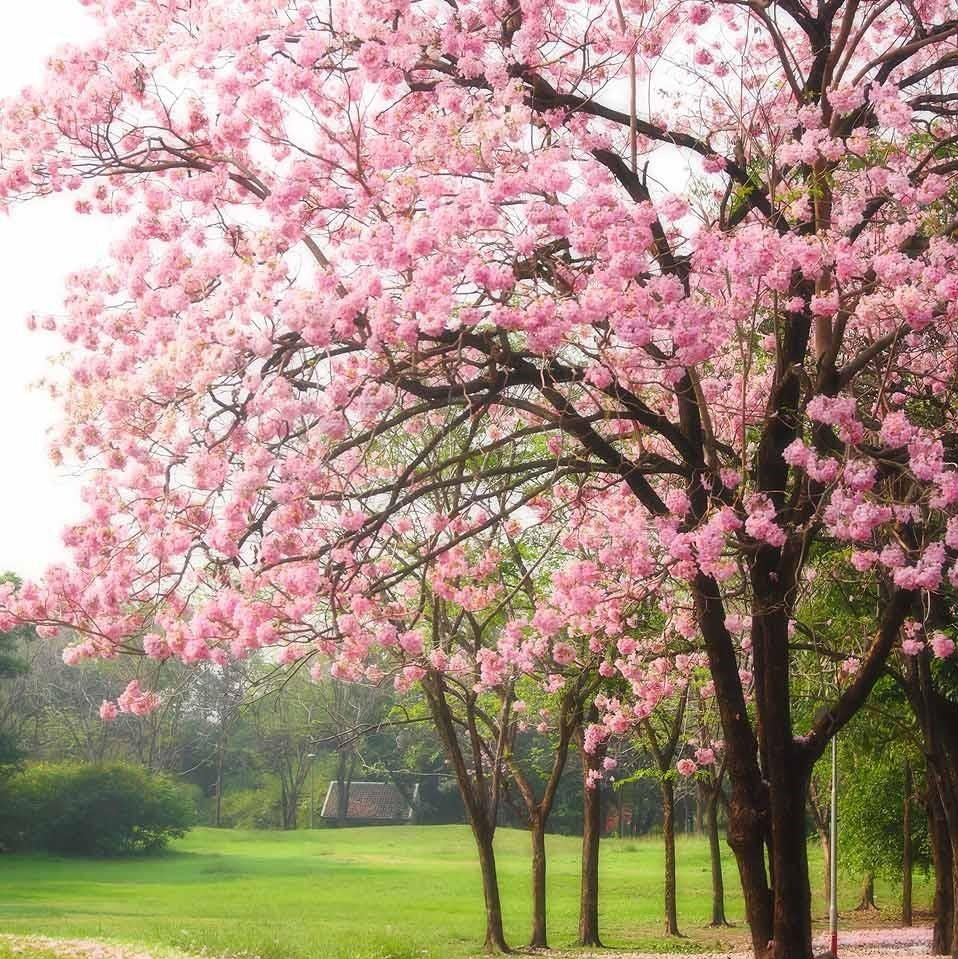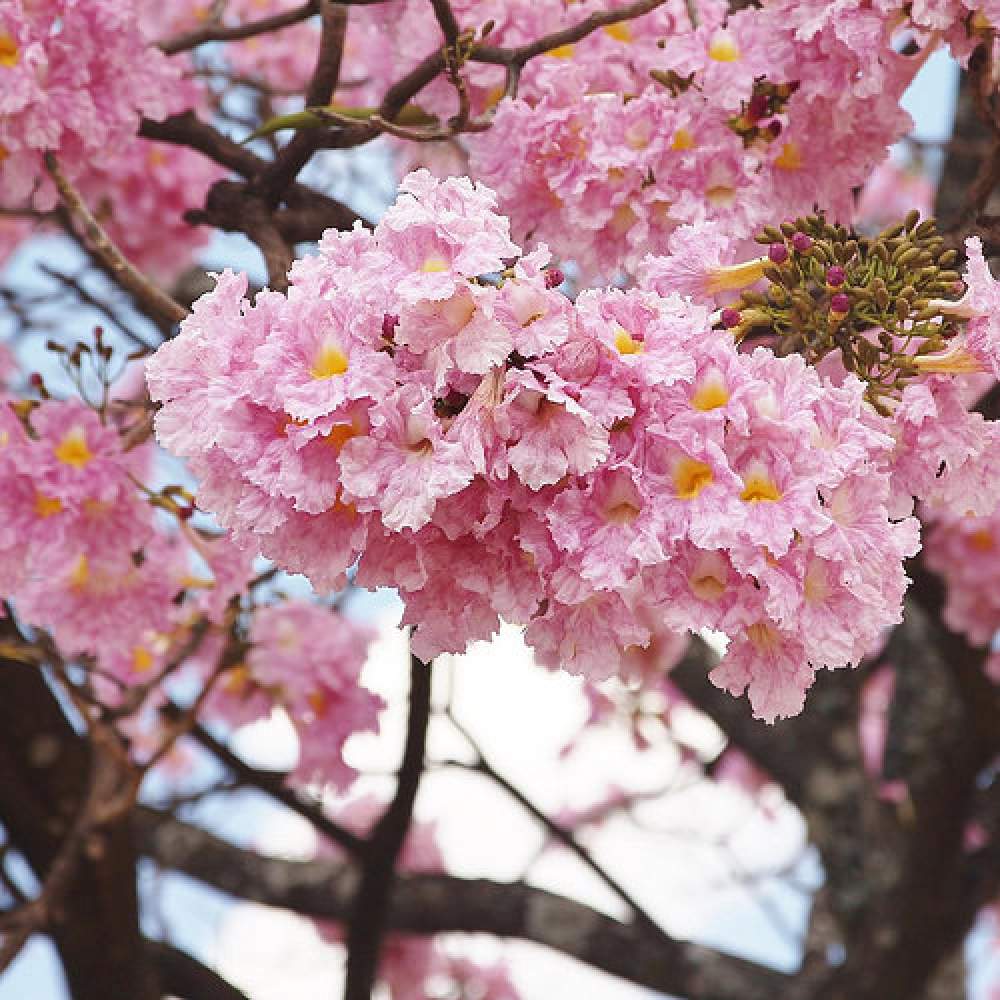Tabebuia rosea
Family
Bignoniaceae
Origin
Tropical America
Description
Tabebuia Rosea is a tall, fast-growing tree reaching 25 to 30 m high and 1 m d.b.h. The crown is wide, stratified, and irregular, with a few thick, horizontal branches; the bole is straight, sometimes channeled at the base. Leaves are palmately divided into 5 unequal leaflets. The oval/oblong leaflets have a rough-to-touch surface, entire margin and a pointed tapering tip. The central leaflet is larger than the rest. The leaflet size is variable between 3-18 inches. Flowering occurs between December and February when the tree bursts into panicles of pink trumpet-shaped flowers with yellow throats.
Environment
Cape honeysuckle can be planted in semi-shade to full sun. It withstands clipping and can be trained into a neat hedge, or allowed to bush out into a more informal hedge. To keep this shrub clean and tidy, it must be pruned back in late winter to promote new growth and flowers. Plants can be pruned back heavily if required, and will resprout. The application of a balanced fertilizer after pruning will enhance the growth and flowering.
Landscape Use
Tecomaria capensis is an attractive ornamental garden plant commonly used for screening and decorative purposes, and can also be trimmed to form a hedge.

